Home>Gardening & Outdoor>Landscaping Ideas>How To Kill Weeds Before Planting Grass
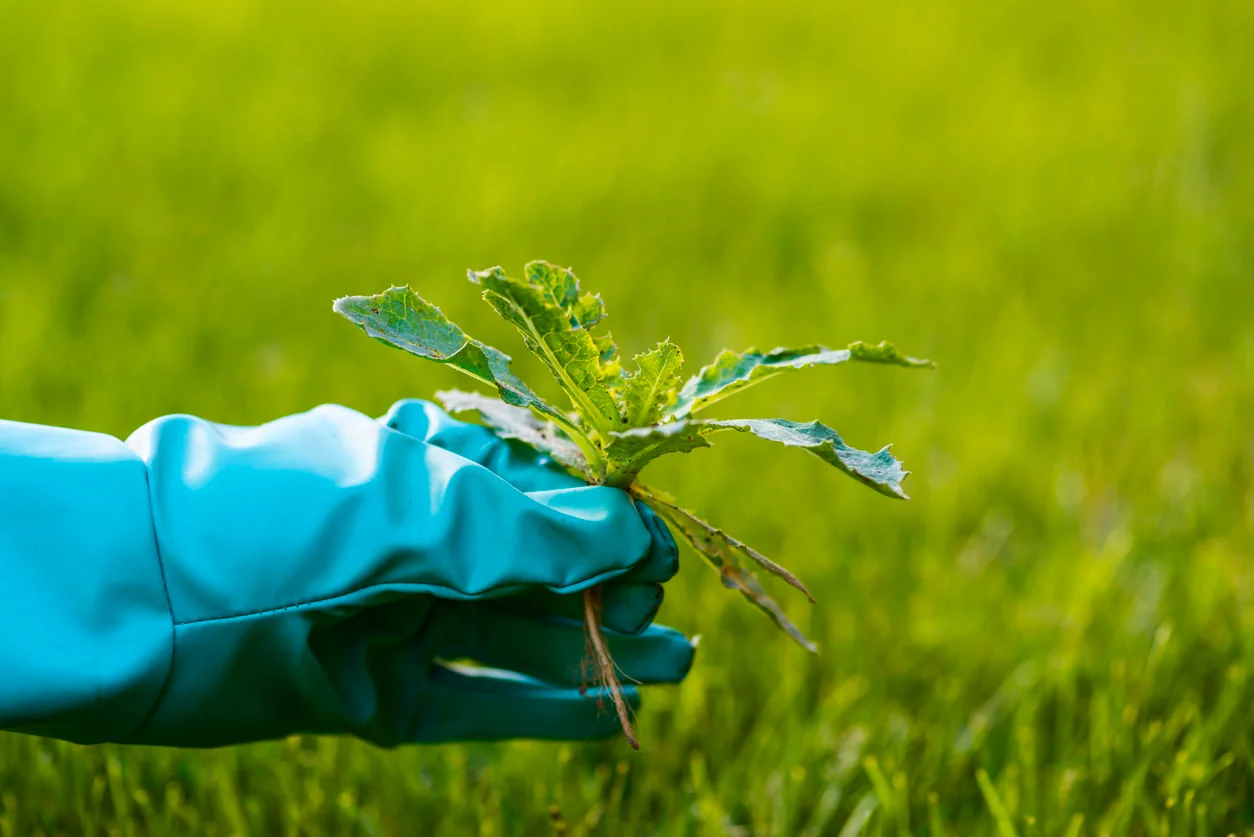

Landscaping Ideas
How To Kill Weeds Before Planting Grass
Published: February 1, 2024
Learn effective landscaping ideas for killing weeds before planting grass. Discover expert tips and techniques for a weed-free lawn.
(Many of the links in this article redirect to a specific reviewed product. Your purchase of these products through affiliate links helps to generate commission for Storables.com, at no extra cost. Learn more)
Introduction
Welcome to the ultimate guide on how to effectively eradicate weeds before planting grass. Weeds are the bane of every gardener’s existence, often outcompeting desirable plants for essential resources such as water, sunlight, and nutrients. To ensure the successful establishment of a lush, weed-free lawn, it’s crucial to address the weed issue proactively before sowing grass seeds or laying turf.
In this comprehensive guide, we will delve into the various types of weeds, assess the weed situation in your lawn or garden, and explore the most effective methods for weed control. Additionally, we will discuss the vital steps for preparing the soil for grass planting and provide insights into the application of weed control measures. By the end of this guide, you will be equipped with the knowledge and strategies necessary to achieve a weed-free canvas for your new grass to thrive.
So, let’s roll up our sleeves and embark on this journey to reclaim your outdoor space from the clutches of pesky weeds, paving the way for a vibrant and healthy lawn.
Key Takeaways:
- Understanding the types of weeds and assessing the weed situation in your lawn is crucial before planting grass. By identifying the specific weeds present, you can tailor your eradication approach to effectively combat their growth and proliferation.
- Choosing the right weed control method and diligently monitoring and maintaining weed-free soil are essential for establishing a vibrant and resilient lawn. Integrating mechanical, cultural, and chemical weed control methods tailored to the specific weed species can create an environment conducive to the successful establishment of new grass.
Read more: How To Kill Weeds In The Grass
Understanding the Types of Weeds
Before diving into weed control strategies, it’s essential to familiarize yourself with the various types of weeds that may infiltrate your lawn or garden. Weeds can be broadly categorized into three main groups based on their life cycle: annual weeds, biennial weeds, and perennial weeds.
- Annual Weeds: These weeds complete their life cycle within a year, germinating from seeds, growing, flowering, and producing seeds before dying. Common examples include crabgrass, chickweed, and annual bluegrass.
- Biennial Weeds: Biennial weeds have a two-year life cycle, typically growing vegetatively in the first year and producing flowers and seeds in the second year before dying. Common biennial weeds include common mullein, bull thistle, and garlic mustard.
- Perennial Weeds: Perennial weeds are the most persistent and challenging to eradicate, as they can live for many years and spread through seeds, roots, or underground stems. Examples of perennial weeds include dandelions, bindweed, and Canada thistle.
Furthermore, weeds can also be classified based on their growth habits, such as broadleaf weeds, grassy weeds, and sedges. Broadleaf weeds, characterized by their broad leaves, include dandelions, clover, and plantain. Grassy weeds, as the name suggests, resemble grass and encompass species like crabgrass, annual ryegrass, and quackgrass. Sedges, often found in damp or waterlogged areas, have triangular stems and include species like yellow nutsedge and purple nutsedge.
Understanding the types of weeds infiltrating your lawn is crucial for implementing targeted control measures. By identifying the specific weeds present, you can tailor your eradication approach to effectively combat their growth and proliferation. Stay tuned as we delve into the next steps of assessing the weed situation and selecting the most suitable weed control methods for your landscaping endeavors.
Assessing the Weed Situation
Conducting a thorough assessment of the weed situation in your lawn or garden is a pivotal step in devising an effective weed control strategy. Start by surveying the entire area to identify the types of weeds present, their distribution, and the extent of infestation. This visual inspection will provide valuable insights into the predominant weed species and their growth patterns, enabling you to tailor your approach accordingly.
Additionally, consider the environmental conditions that may contribute to weed proliferation. Factors such as soil compaction, inadequate drainage, excessive thatch, and nutrient deficiencies can create favorable conditions for weed growth. By addressing these underlying issues, you can mitigate the likelihood of recurrent weed infestations and foster a healthier environment for your grass to flourish.
Furthermore, assess the overall health and vigor of the existing vegetation. A dense and healthy turf or garden bed can naturally suppress weed growth by outcompeting them for essential resources. Conversely, sparse or weakened vegetation may provide an opening for weeds to establish themselves more readily. Evaluating the health of your existing plants will guide you in determining the level of intervention required to restore balance and promote a thriving, weed-resistant landscape.
It’s also beneficial to consider any previous weed control measures that may have been implemented in the area. Understanding the history of weed management activities can shed light on the efficacy of past strategies and identify any recurring challenges that need to be addressed with alternative approaches.
Lastly, take note of any specific areas within your lawn or garden that are particularly susceptible to weed infestation, such as bare patches, compacted soil, or areas with poor drainage. Identifying these trouble spots will allow you to prioritize targeted interventions and allocate resources effectively to combat weed growth where it is most prevalent.
By thoroughly assessing the weed situation and the underlying environmental factors contributing to weed proliferation, you will be better equipped to formulate a tailored weed control plan that addresses the unique challenges present in your landscaping space. Stay tuned as we delve into the next steps of choosing the right weed control method and preparing the soil for grass planting.
Choosing the Right Weed Control Method
When it comes to eradicating weeds before planting grass, selecting the appropriate weed control method is crucial for achieving long-term success. There are various approaches to weed control, ranging from mechanical and cultural methods to chemical interventions. Each method offers distinct advantages and considerations, and the most effective approach often involves a combination of strategies tailored to the specific weed species and the characteristics of your landscaping area.
Mechanical Control: Mechanical methods, such as hand-pulling weeds, using hoes, or employing mechanical weed pullers, can be effective for targeting individual weeds or small infestations. This approach is particularly suitable for removing large weeds with deep roots or for managing weeds in areas where chemical treatments may not be practical or permissible.
Cultural Control: Cultural practices that promote a healthy and robust lawn or garden can naturally suppress weed growth. These practices include proper irrigation to ensure adequate moisture for desirable plants while creating less favorable conditions for weeds, as well as regular mowing at the appropriate height to encourage dense turf growth and shade out weed seedlings.
Chemical Control: Herbicides, both selective and non-selective, can be effective in targeting specific weed species or providing broad-spectrum control. Selective herbicides target certain types of weeds while sparing desirable plants, making them suitable for use in lawns and ornamental beds. Non-selective herbicides, on the other hand, eradicate all vegetation they come into contact with and are best used for spot treatments or in areas where complete vegetation removal is necessary.
When considering chemical weed control, it’s essential to prioritize products that are environmentally friendly and pose minimal risk to non-target organisms. Additionally, always follow the manufacturer’s instructions and safety guidelines when using herbicides to ensure effective and responsible application.
Integrating a combination of these weed control methods, tailored to the specific weed species and the unique characteristics of your landscaping area, can yield the best results. By implementing a comprehensive weed control strategy, you can create an environment that is conducive to the successful establishment of new grass while minimizing the resurgence of weeds.
With the right weed control method in place, you are one step closer to preparing the soil for grass planting and reclaiming your outdoor space from the clutches of persistent weeds. Stay tuned as we explore the vital steps for soil preparation and the application of weed control measures in the upcoming sections.
Before planting grass, kill weeds by applying a non-selective herbicide to the area. Wait for the weeds to die, then remove them by hand or with a rake. This will help prevent competition for nutrients and space once the grass is planted.
Preparing the Soil for Grass Planting
Before embarking on the process of planting grass, it is essential to ensure that the soil provides an optimal foundation for the new turf to thrive. Adequate soil preparation not only promotes healthy grass growth but also creates an environment that is less conducive to weed proliferation, setting the stage for a vibrant and weed-resistant lawn.
Soil Testing: Conducting a soil test is a critical first step in understanding the composition and nutrient levels of your soil. By analyzing the pH, nutrient content, and organic matter levels, you can identify any deficiencies or imbalances that may hinder grass growth and provide insights into the specific amendments required to optimize soil conditions.
Soil Amendments: Based on the results of the soil test, incorporate appropriate soil amendments to rectify any deficiencies and improve the overall soil structure. This may involve adding organic matter, such as compost or well-rotted manure, to enhance soil fertility and texture, as well as applying lime or sulfur to adjust the pH levels to the recommended range for optimal grass growth.
Soil Aeration: Aerating the soil helps alleviate compaction and improves air and water penetration, creating a more hospitable environment for grass roots to establish and thrive. This can be achieved through core aeration, which removes small plugs of soil, or by using a spike aerator to create channels for enhanced soil aeration.
Seedbed Preparation: For areas where grass will be established from seed, ensure that the seedbed is well-prepared to provide optimal seed-to-soil contact. Rake the soil to create a level surface, remove debris and existing weeds, and lightly compact the soil to facilitate seed germination and establishment.
Grading and Drainage: Proper grading of the soil surface promotes effective water drainage and prevents waterlogging, which can create favorable conditions for weed growth and compromise the health of the grass. Ensure that the soil contours are graded to facilitate efficient water runoff and address any drainage issues to promote a healthy and resilient lawn.
By meticulously preparing the soil for grass planting, you can lay the groundwork for a thriving lawn while minimizing the potential for weed encroachment. The next step involves implementing targeted weed control measures to further fortify the soil against weed infestations and create an optimal environment for the successful establishment of your new grass. Stay tuned as we delve into the application of weed control methods and the essential practices for monitoring and maintaining weed-free soil.
Read more: How To Kill Weeds, Not Grass
Applying Weed Control Methods
With the soil meticulously prepared for grass planting, the next crucial phase involves implementing targeted weed control measures to create an environment conducive to the successful establishment of your new turf. The following strategies can be employed to effectively combat weed growth and pave the way for a lush and resilient lawn.
Pre-Emergent Herbicides: Utilizing pre-emergent herbicides can be an effective preventive measure to inhibit the germination of weed seeds before they emerge. These herbicides form a barrier in the soil, preventing weed seeds from developing into established plants, thereby reducing the likelihood of weed infestations in newly seeded or sodded areas.
Post-Emergent Herbicides: For existing weed populations, post-emergent herbicides can be selectively applied to target specific weed species while minimizing impact on desirable grasses. Selective herbicides are tailored to control broadleaf weeds, grassy weeds, or sedges, providing targeted and effective weed management in lawns and ornamental landscapes.
Mulching: Applying a layer of organic mulch, such as wood chips or straw, around newly seeded areas can help suppress weed growth by blocking sunlight, inhibiting weed seed germination, and conserving soil moisture. Mulching also contributes to soil insulation and erosion control, fostering favorable conditions for grass establishment while mitigating weed encroachment.
Manual Weed Removal: Hand-pulling weeds or using hand tools to remove individual weeds can be particularly effective for spot treatments and managing isolated weed infestations. This approach is advantageous for targeting weeds in areas where chemical treatments may not be suitable, such as near water bodies or in sensitive landscapes.
Integrated Weed Management: Integrating a combination of cultural practices, such as proper mowing, irrigation, and fertilization, with targeted herbicide applications and mechanical weed control techniques can enhance the overall effectiveness of weed management. By adopting a holistic approach, you can create an environment that promotes the vigor of desirable plants while minimizing the impact of weeds.
When applying weed control methods, it is essential to adhere to the recommended application rates, timing, and safety precautions outlined by product labels and local regulations. Responsible and judicious use of weed control measures ensures effective weed management while safeguarding the health of the surrounding ecosystem.
By implementing these targeted weed control methods, you can create an environment that is primed for the successful establishment of new grass while minimizing the resurgence of weeds. The final phase involves vigilant monitoring and maintenance practices to uphold a weed-free landscape and nurture the thriving growth of your newly planted grass. Stay tuned as we explore the essential practices for monitoring and maintaining weed-free soil in the upcoming section.
Monitoring and Maintaining Weed-Free Soil
After implementing comprehensive weed control measures and preparing the soil for grass planting, diligent monitoring and proactive maintenance are essential to uphold a weed-free environment and nurture the successful establishment of your new turf. The following practices will help you safeguard the integrity of your landscape and promote the flourishing growth of your grass while minimizing the encroachment of weeds.
Regular Inspections: Conduct routine inspections of your lawn or garden to identify any emerging weed growth or signs of weed encroachment. Early detection allows for prompt intervention, preventing weeds from establishing a foothold and competing with the newly planted grass.
Timely Weed Removal: Immediately remove any weeds that appear in the newly planted areas, ensuring that they are uprooted or treated before they have the opportunity to spread and proliferate. Consistent and thorough weed removal is crucial for maintaining the integrity of the grass establishment process.
Proper Watering Practices: Implement appropriate watering techniques to promote the health of the newly planted grass while creating less favorable conditions for weed growth. Deep, infrequent watering encourages deep root growth in the grass, reducing surface moisture that can benefit weed seed germination and growth.
Maintaining Optimal Turf Density: Encourage the development of a dense and vigorous turf by adhering to proper mowing heights, regular fertilization, and adequate aeration. A healthy and robust lawn naturally suppresses weed growth by outcompeting weeds for essential resources and creating a more inhospitable environment for weed establishment.
Addressing Bare Patches: Promptly address any bare or thin areas in the lawn to prevent opportunistic weed colonization. Overseeding these areas with grass seed and providing the necessary care and maintenance will expedite the establishment of a dense turf, reducing the likelihood of weed encroachment.
Integrated Pest Management: Embrace an integrated approach to landscape management, encompassing practices that promote overall ecosystem health and resilience. By fostering a balanced and thriving ecosystem, you can reduce the vulnerability of your landscape to weed infestations and minimize the reliance on chemical interventions.
By diligently monitoring your landscape and implementing proactive maintenance practices, you can preserve the integrity of your newly established grass and cultivate a vibrant and weed-resistant lawn. Consistent vigilance and timely interventions are instrumental in sustaining a weed-free environment and fostering the long-term success of your landscaping endeavors.
With these essential practices for monitoring and maintaining weed-free soil, you are well-equipped to nurture the flourishing growth of your newly planted grass while upholding a pristine and resilient landscape. Embrace these principles as you embark on the journey to cultivate a thriving and weed-free outdoor space that you can enjoy for years to come.
Conclusion
Congratulations on embarking on the journey to reclaim your outdoor space from the clutches of persistent weeds and establish a vibrant and resilient lawn. By delving into the comprehensive strategies outlined in this guide, you have gained valuable insights into understanding the types of weeds, assessing the weed situation, and implementing targeted weed control measures to create an optimal environment for the successful establishment of your new grass.
As you navigate the process of eradicating weeds before planting grass, remember that a proactive and holistic approach is key to achieving long-term success. By integrating mechanical, cultural, and chemical weed control methods tailored to the specific weed species and the unique characteristics of your landscaping area, you can create an environment that is conducive to the flourishing growth of your grass while minimizing the resurgence of weeds.
Thorough soil preparation, including soil testing, amendments, aeration, and seedbed preparation, lays the groundwork for a healthy and resilient lawn while fortifying the soil against weed encroachment. Applying targeted weed control measures, such as pre-emergent herbicides, mulching, and integrated weed management, further reinforces the weed-free environment essential for the successful establishment of new grass.
As you progress through the stages of soil preparation and weed control, diligent monitoring and proactive maintenance practices are essential for upholding a weed-free landscape and nurturing the thriving growth of your newly planted grass. Regular inspections, timely weed removal, proper watering practices, and integrated pest management collectively contribute to the long-term resilience and vitality of your outdoor space.
With these principles in mind, you are well-equipped to cultivate a thriving and weed-free outdoor space that you can enjoy for years to come. Embrace the journey with enthusiasm and dedication, knowing that your efforts will yield a lush and resilient lawn that enhances the beauty and functionality of your outdoor environment.
As you apply the knowledge and strategies gleaned from this guide, remember that the journey to a weed-free lawn is a rewarding and ongoing endeavor. Embrace the process with patience and persistence, and celebrate each milestone as your outdoor space transforms into a verdant and inviting haven for relaxation, recreation, and natural beauty.
Armed with a deeper understanding of weed control strategies and soil preparation techniques, you are poised to create a landscape that flourishes with the vibrancy of healthy, weed-free grass. Embrace the journey with enthusiasm and dedication, and revel in the transformation of your outdoor space into a lush and resilient haven for years to come.
Frequently Asked Questions about How To Kill Weeds Before Planting Grass
Was this page helpful?
At Storables.com, we guarantee accurate and reliable information. Our content, validated by Expert Board Contributors, is crafted following stringent Editorial Policies. We're committed to providing you with well-researched, expert-backed insights for all your informational needs.
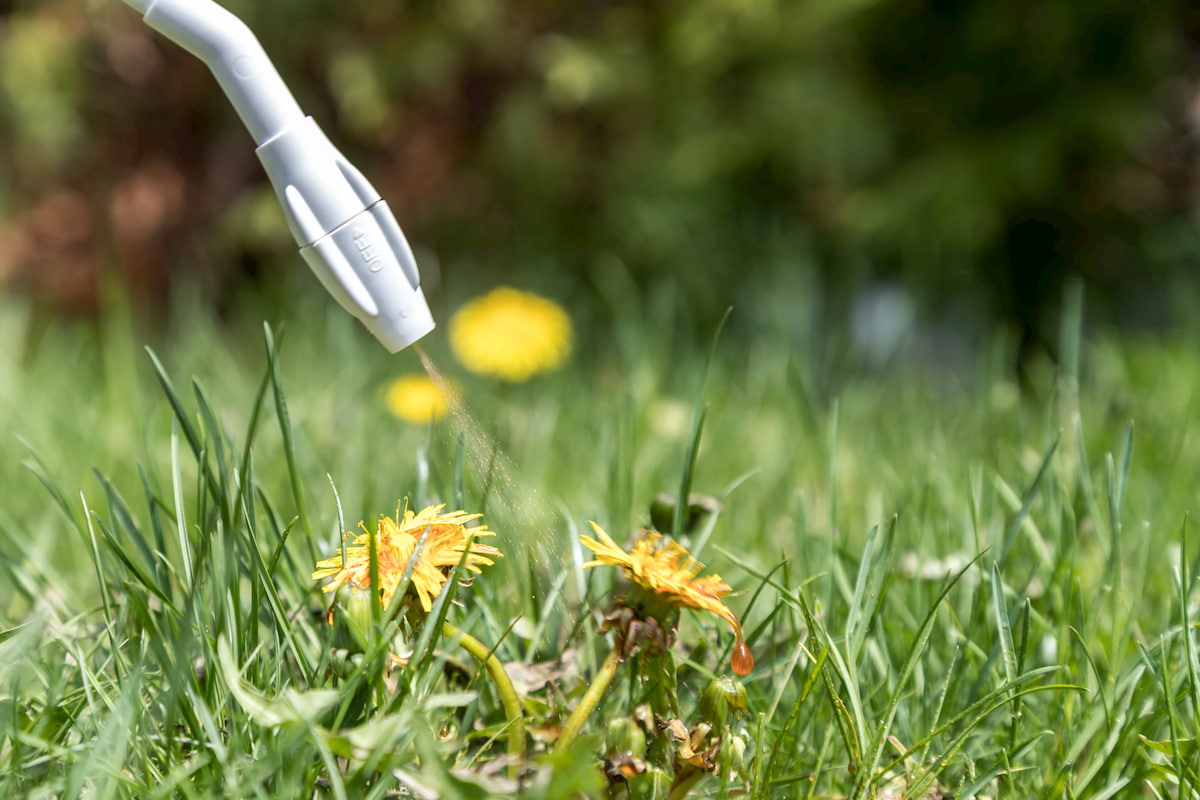
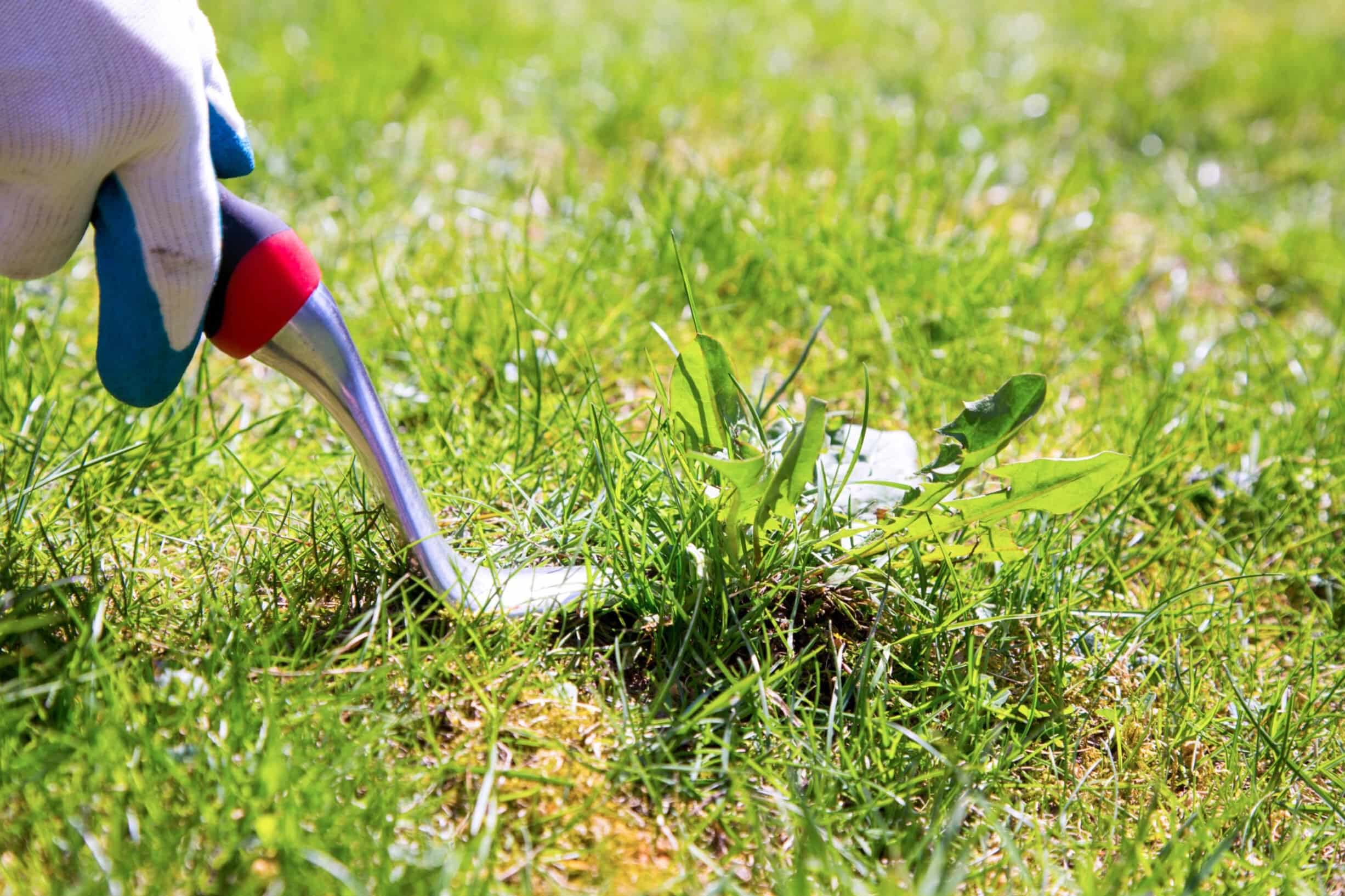
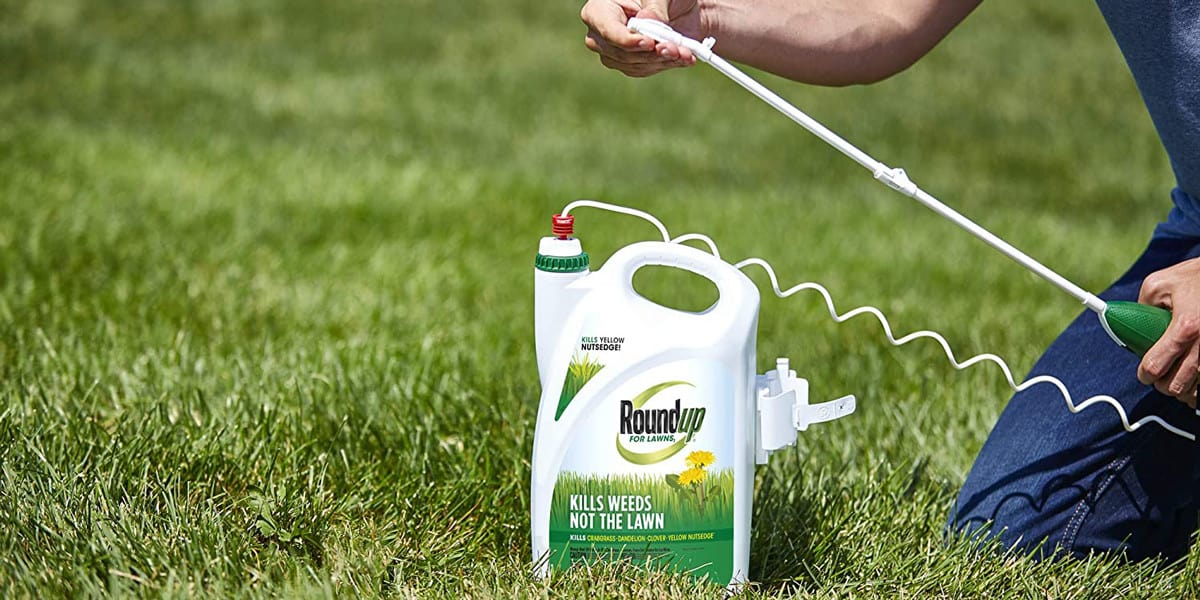
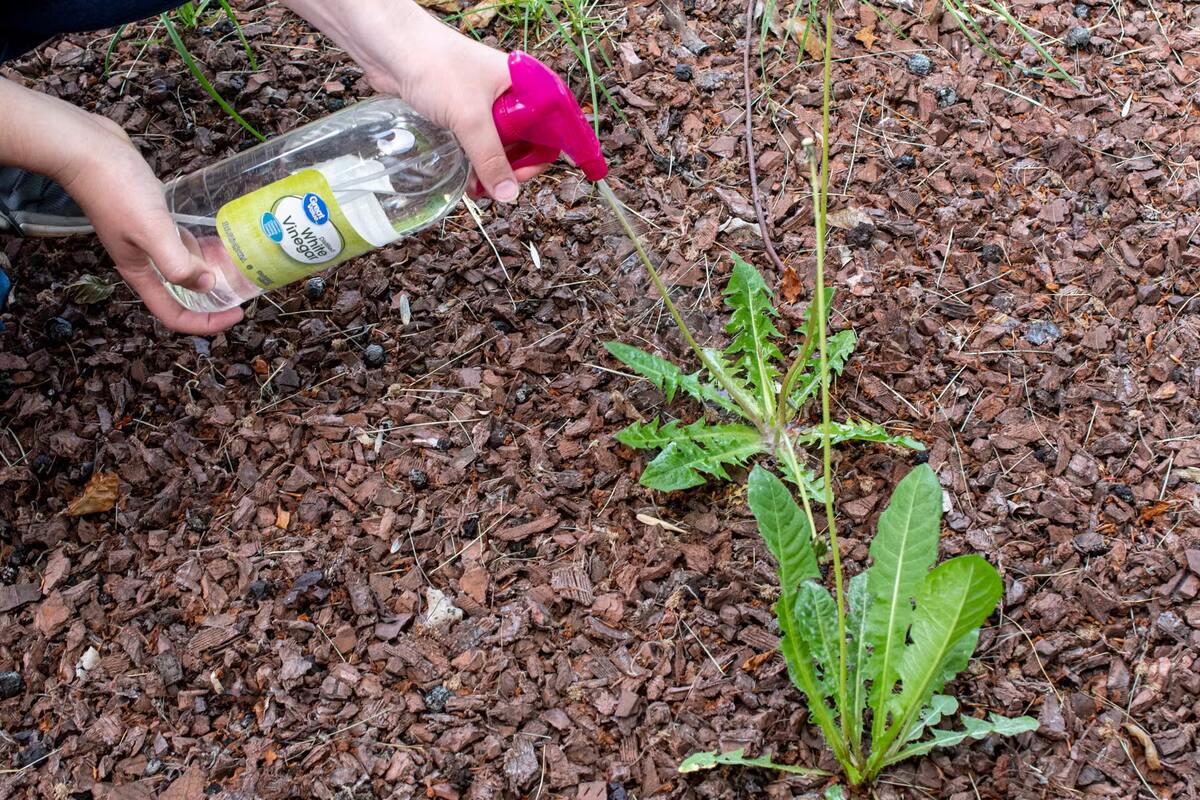
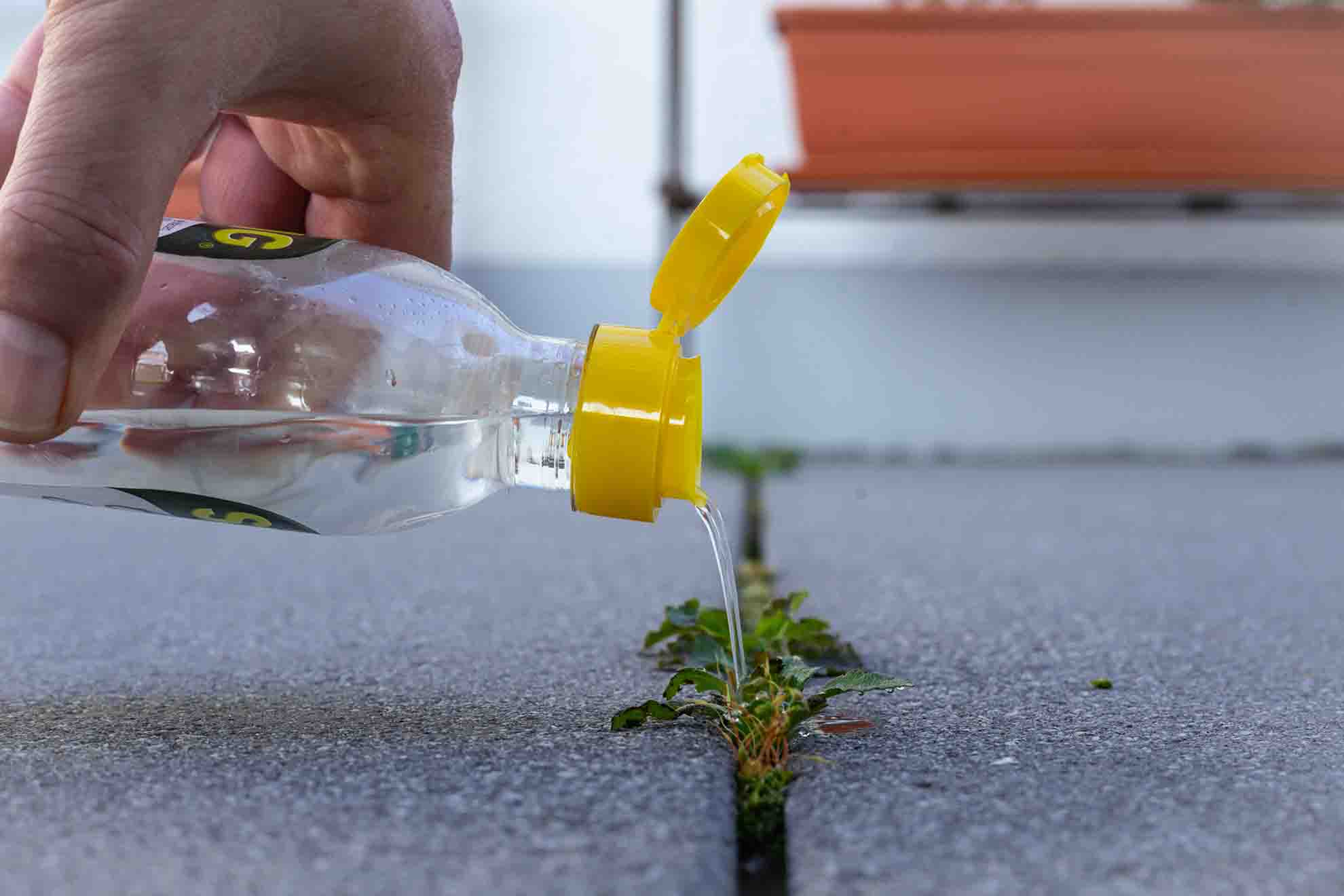
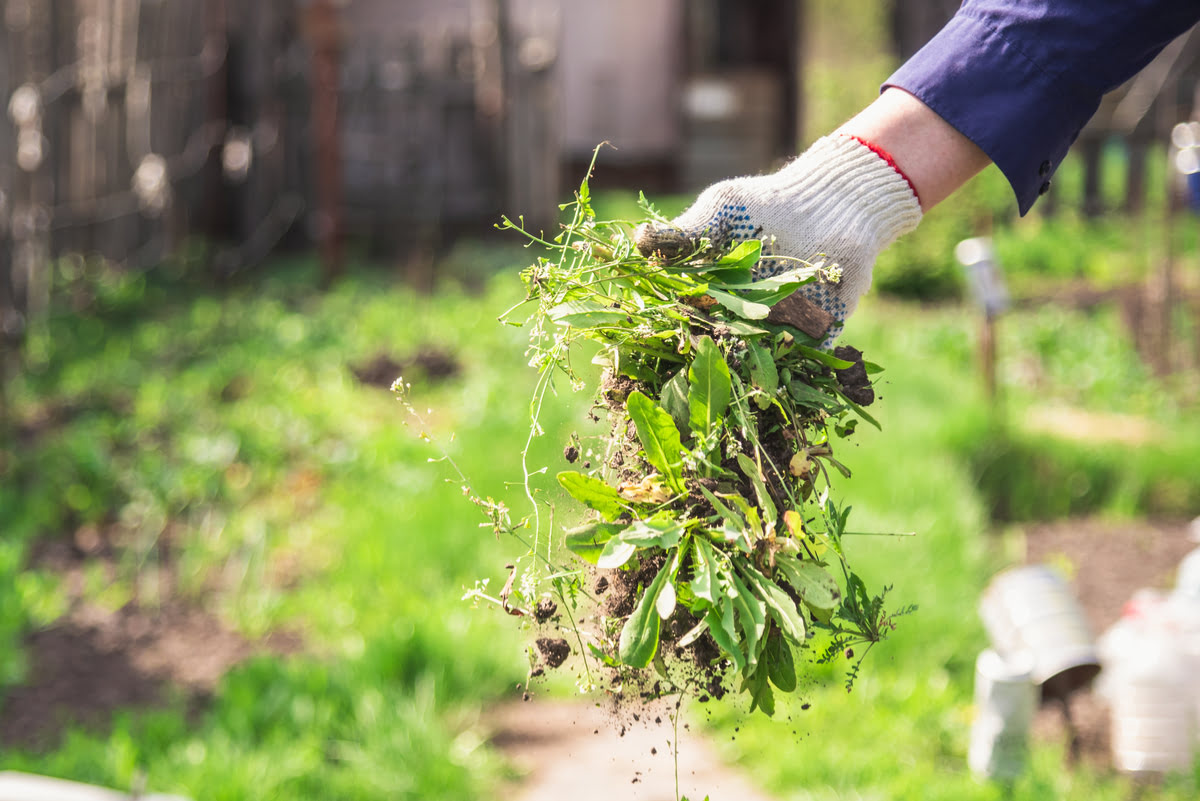
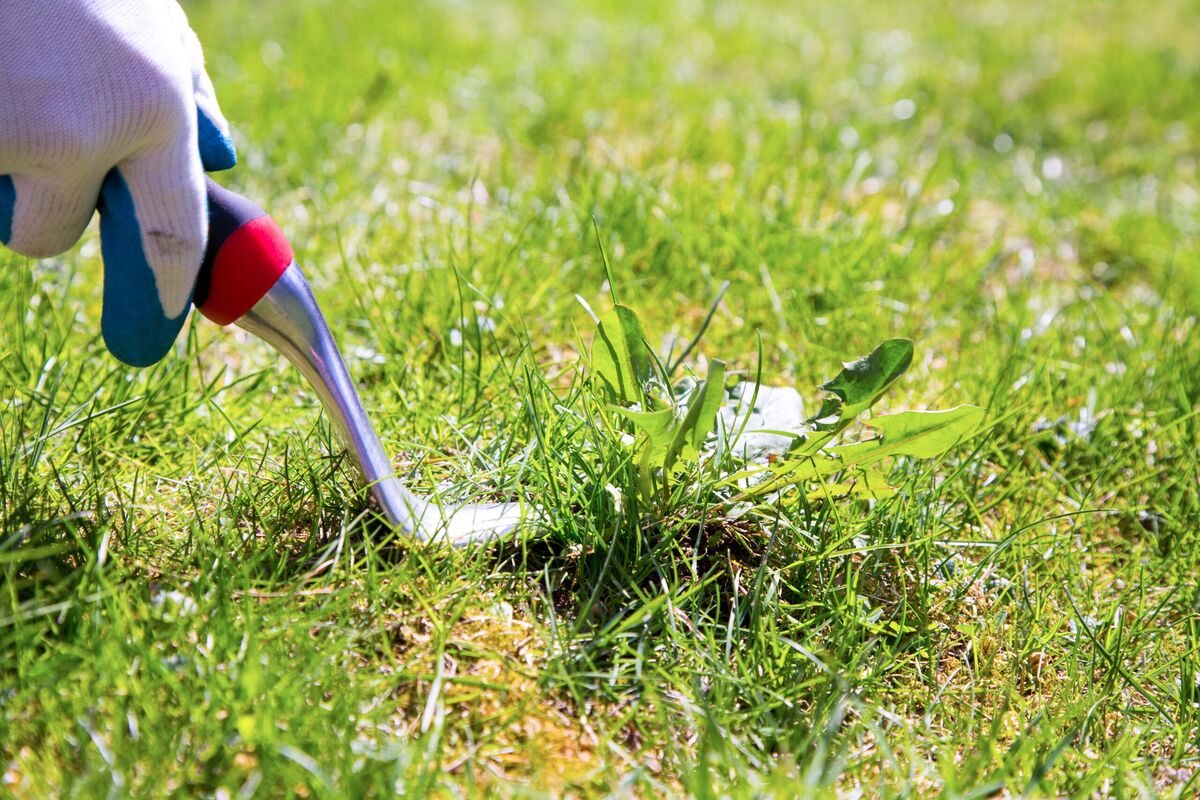


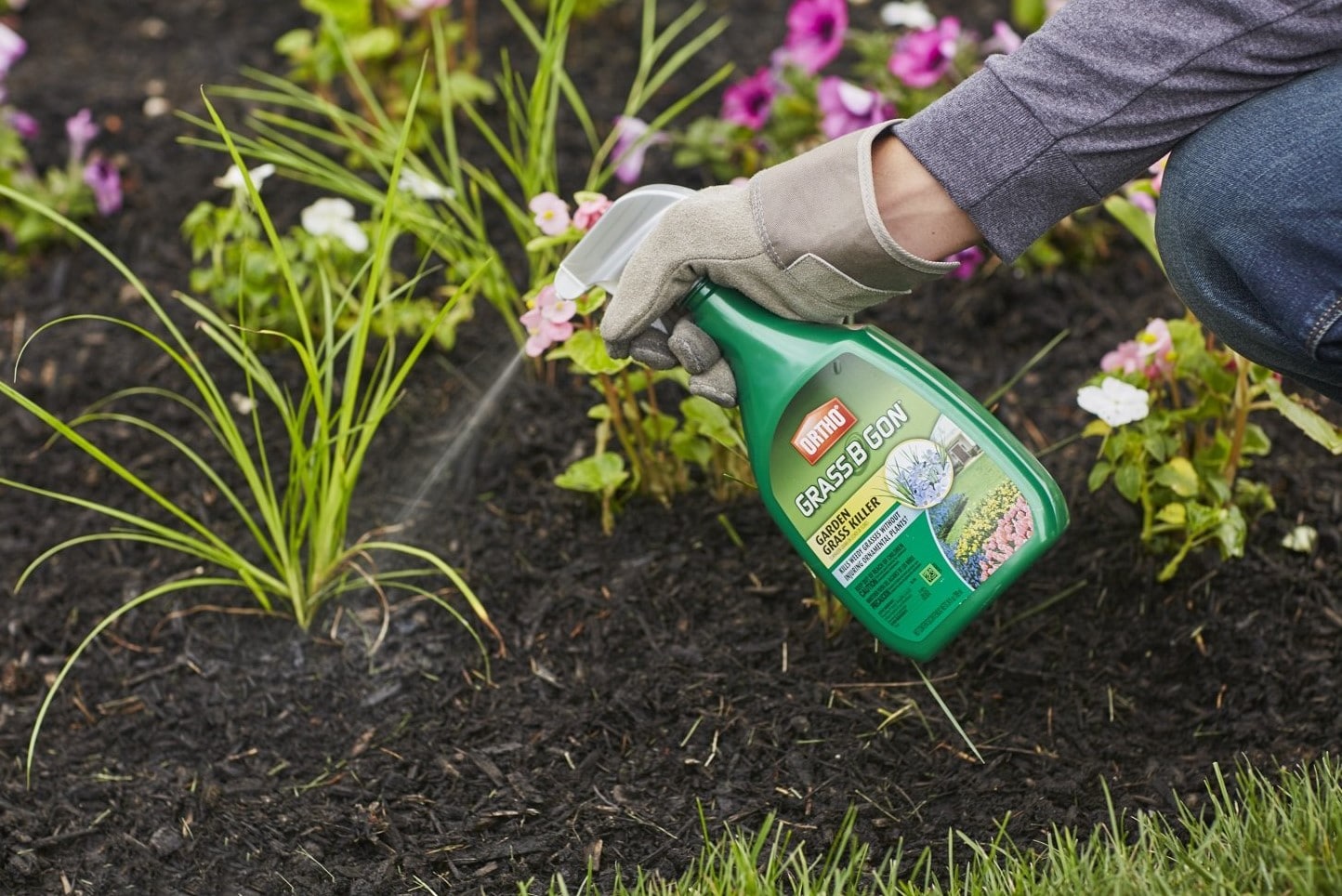
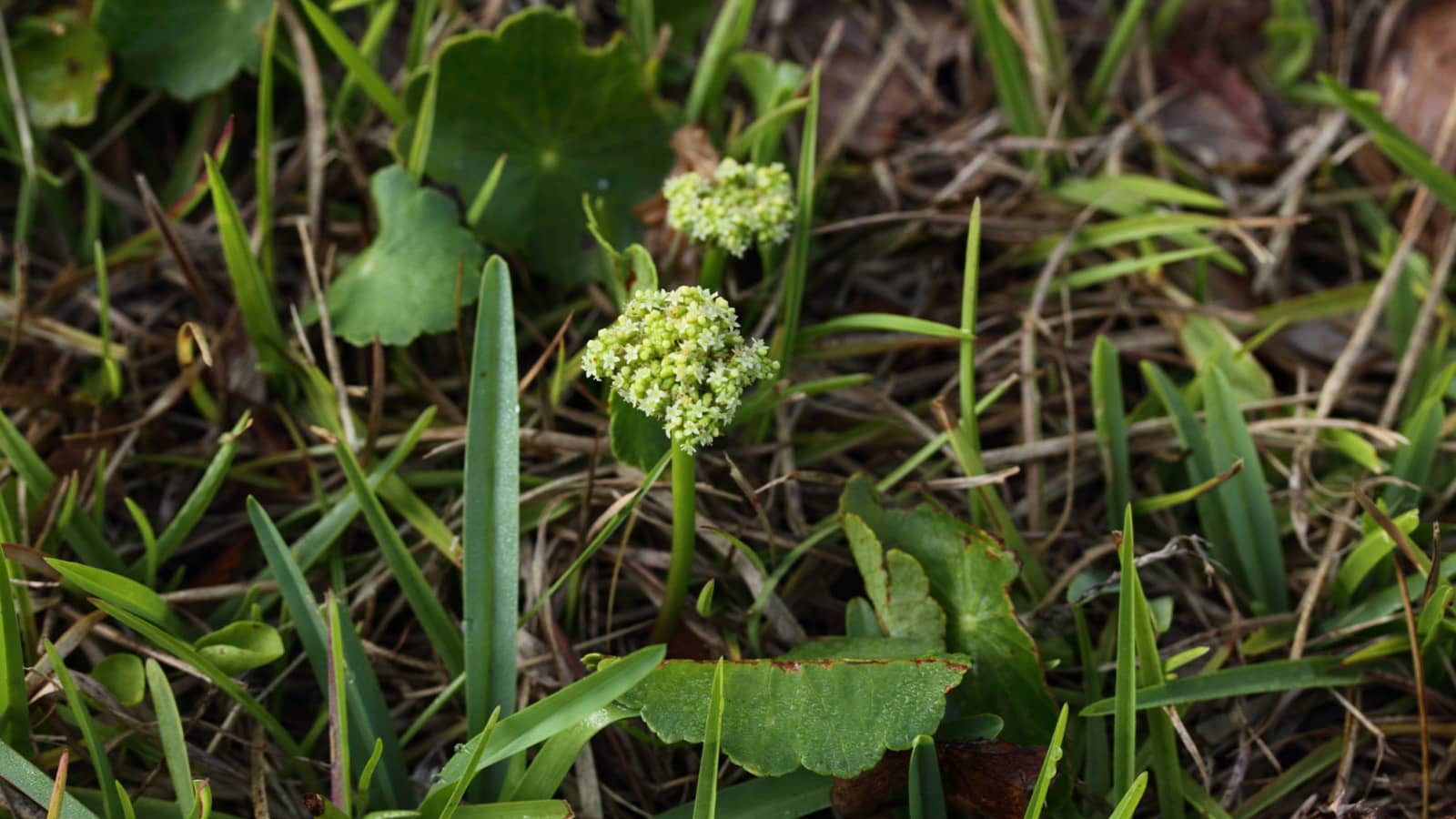
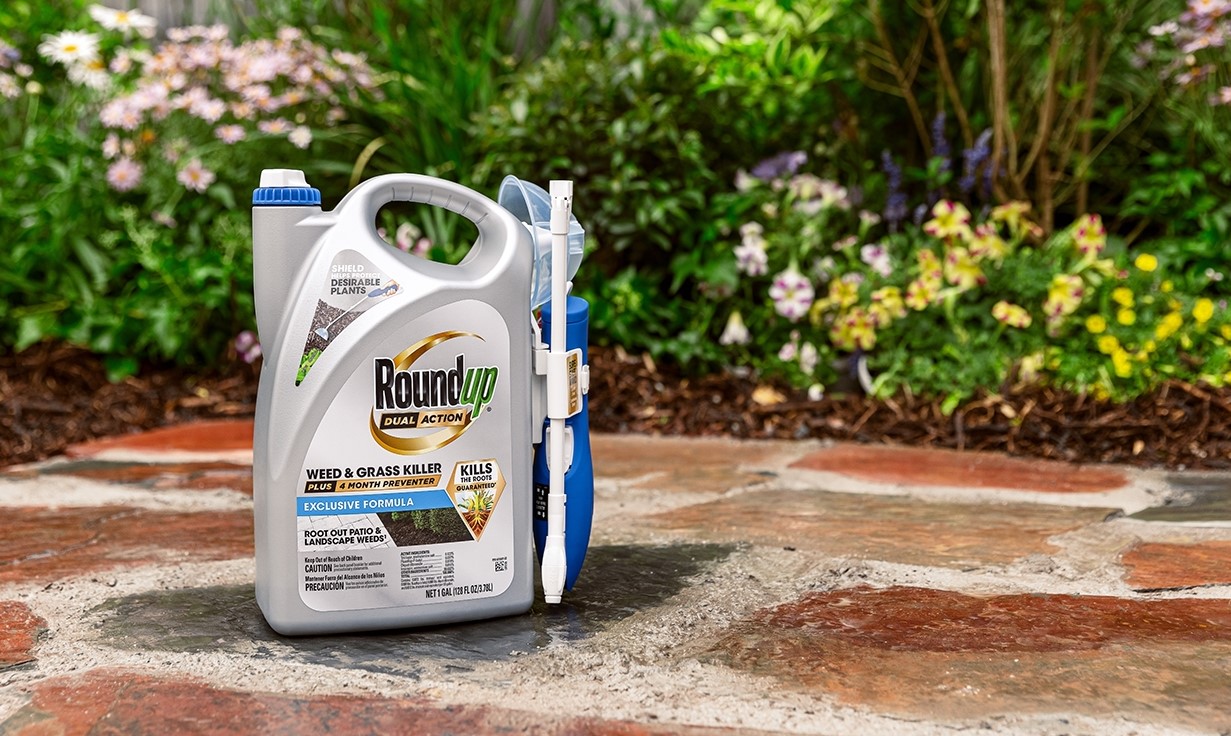
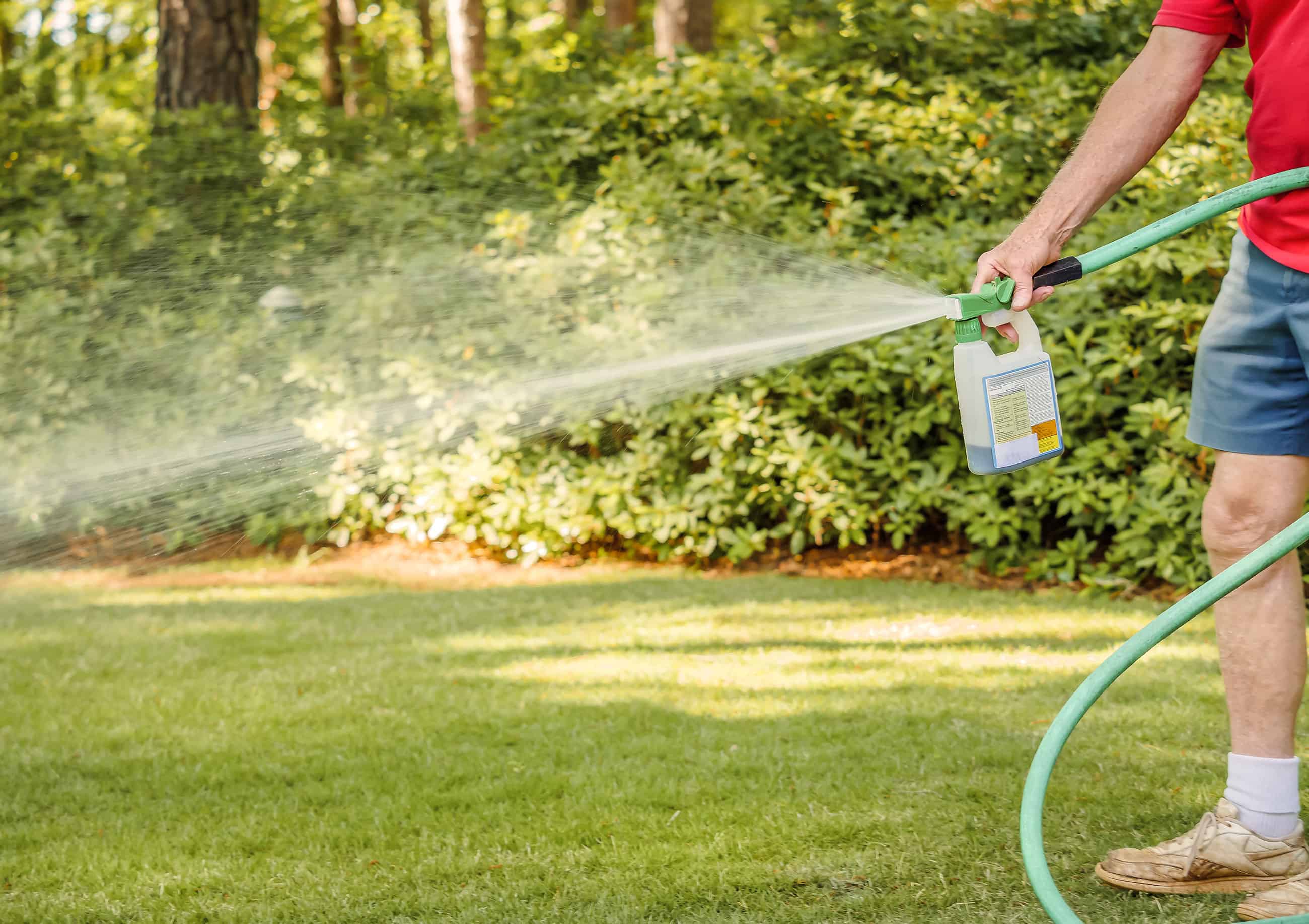
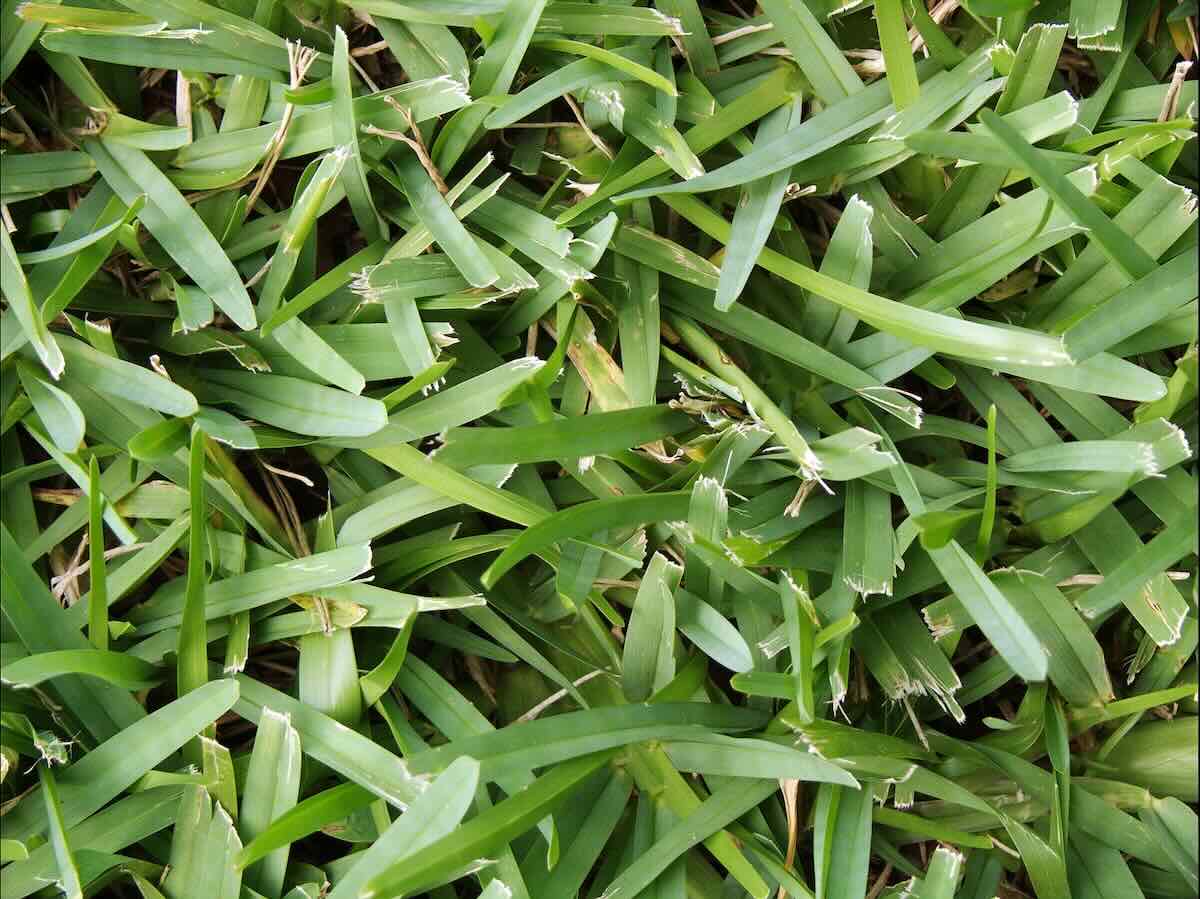

0 thoughts on “How To Kill Weeds Before Planting Grass”